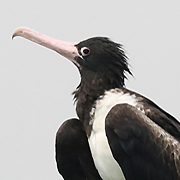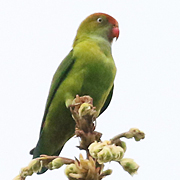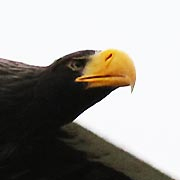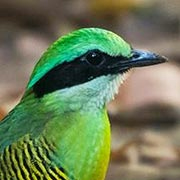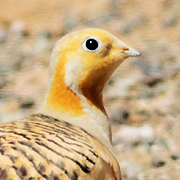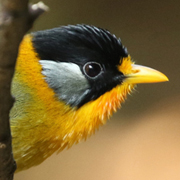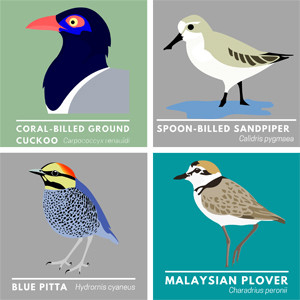
At the end of August many birds are already migrating and with southerly winds and rain forecast it seemed like it would be a good time to make another trip to Dungeness which is usually one of the best places in Kent to see migratory seabirds passing close to the shore. This time of year is usually an excellent one to see Black Tern at Dungeness and often other species including skuas and shearwaters. On arrival the weather was sunny but once I was onto the shingle beach at Dungeness the wind was quite strong; I was very grateful for the shelter the beach hide gave me where I was able to watch large numbers of birds feeding at the “patch” – the water outflow from Dungeness Nuclear Power Plant.
As might be expected the large majority of these birds were gulls, mostly juvenile Herring Gull and all ages of Black-headed Gull but a closer look revealed a single juvenile Mediterranean Gull and a juvenile Kittiwake – quite obvious with its distinctive wing pattern. A few terns were a little difficult to pinpoint among the huge seething mass of gulls, however, with some studying and a number of Common Terns for comparison I was able to pick out at least two Arctic Terns with a possible third bird too. A total lack of Black Terns was something of a surprise though.
Looking out further to sea I was able to get good views of a single Fulmar as well as the first of a total of nine Gannets seen over the course of 2 hours. However, it was a distant dark bird that was of most interest which cruised along close to the water’s surface. Its wing shape revealed that it was a Skua of some sort while its flight pattern and barrel chest revealed it to be a Pomarine Skua – a little bit of a surprise as Arctic Skua is usually much more common. A group of nine Redshank flew west, 4 Swifts were heading to France and several Sandwich Terns passed through but as the rain arrived I moved on to the RSPB reserve.
With now heavy rain the only option was to sit in the hide at the ARC pit which fortunately turned up some of the best birds. Finally I caught up with a single Black Tern which was hunting over the water as well as large numbers of Sand Martin; I also spotted 1 House Martin and 1 Swift with them. Good numbers of waders included 1 Temminck’s Stint which was the bird of most interest for most visitors and there were two Little Stints for comparison as well as two nearby Dunlin. A couple of Wood Sandpipers were also notable and other waders included 4 Common Snipe, 1 Redshank, 44 Golden Plover, 3 Common Sandpipers and 2 Green Sandpipers as well as large numbers of Lapwings. Not a bad haul of species for such dreadful weather but the drive back home to Dartford along the M20 was pretty hazardous in heavy rain.


 August 25th, 2015
August 25th, 2015  Nick
Nick  Posted in
Posted in  Tags:
Tags: 
